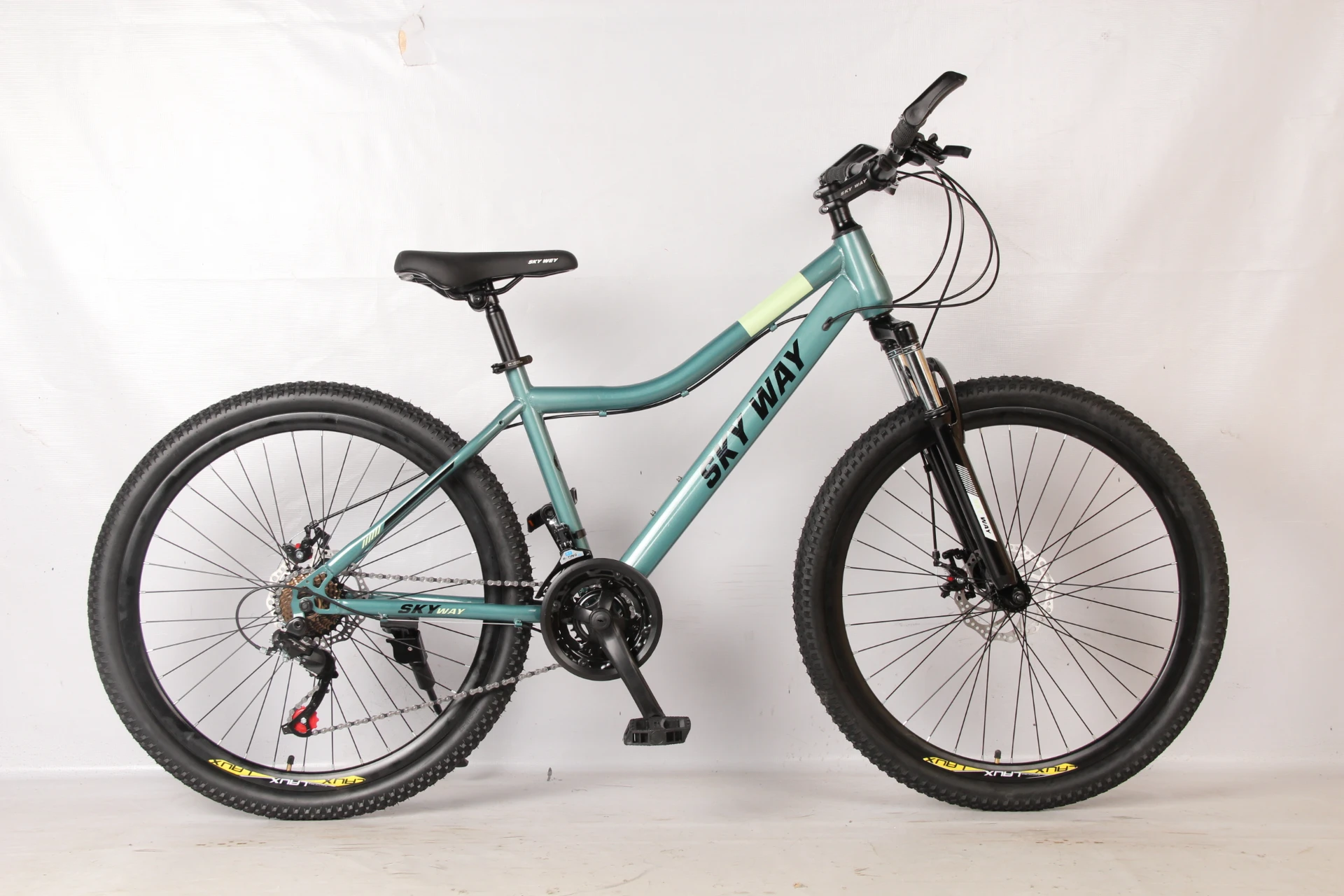
- Afrikaans
- Albanian
- Amharic
- Arabic
- Armenian
- Azerbaijani
- Basque
- Belarusian
- Bengali
- Bosnian
- Bulgarian
- Catalan
- Cebuano
- Corsican
- Croatian
- Czech
- Danish
- Dutch
- English
- Esperanto
- Estonian
- Finnish
- French
- Frisian
- Galician
- Georgian
- German
- Greek
- Gujarati
- Haitian Creole
- hausa
- hawaiian
- Hebrew
- Hindi
- Miao
- Hungarian
- Icelandic
- igbo
- Indonesian
- irish
- Italian
- Japanese
- Javanese
- Kannada
- kazakh
- Khmer
- Rwandese
- Korean
- Kurdish
- Kyrgyz
- Lao
- Latin
- Latvian
- Lithuanian
- Luxembourgish
- Macedonian
- Malgashi
- Malay
- Malayalam
- Maltese
- Maori
- Marathi
- Mongolian
- Myanmar
- Nepali
- Norwegian
- Norwegian
- Occitan
- Pashto
- Persian
- Polish
- Portuguese
- Punjabi
- Romanian
- Russian
- Samoan
- Scottish Gaelic
- Serbian
- Sesotho
- Shona
- Sindhi
- Sinhala
- Slovak
- Slovenian
- Somali
- Spanish
- Sundanese
- Swahili
- Swedish
- Tagalog
- Tajik
- Tamil
- Tatar
- Telugu
- Thai
- Turkish
- Turkmen
- Ukrainian
- Urdu
- Uighur
- Uzbek
- Vietnamese
- Welsh
- Bantu
- Yiddish
- Yoruba
- Zulu
Feb . 13, 2025 21:43 Back to list
bikes mountain
Mountain biking has evolved from a niche sport to a beloved activity for outdoor enthusiasts worldwide, offering both a physical challenge and a spiritual escape. As riders traverse rugged terrains and breathtaking landscapes, they demand bikes that meet both performance and durability standards. In this guide, we delve into the essential features of a well-crafted mountain bike and explore recent innovations that enhance the biking experience.
Tires complement the wheel size, directly impacting the bike’s grip and responsiveness. Tubeless tires have gained popularity, allowing for lower air pressure and increased traction without the risk of frequent flats. Recent innovations in compound technology enhance grip on wet and loose surfaces, critical for maintaining speed and control on challenging trails. The decision between knobby and semi-slick tires should consider the typical trail conditions the rider encounters. Braking systems remain a cornerstone of biking safety and performance. Hydraulic disc brakes have become the standard, offering superior stopping power and modulation compared to their mechanical counterparts. Ongoing advancements strive for lighter components and more precise calipers, improving response times during intense downhill rides. Trustworthy brands invest in rigorous testing to ensure that their braking systems perform reliably under diverse and extreme conditions. Mountain biking accessories, once regarded as mere add-ons, are essential. From helmets and gloves to eyewear and hydration packs, each item contributes to the overall riding experience, safety, and comfort. Recent product innovations focus on ergonomics, weight reduction, and multi-functionality. For example, intelligent packs equip riders with navigational aids and emergency communication tools, catering to the ever-increasing need for connectivity and safety in remote areas. Environmental consciousness has become integral to mountain biking product development. Brands now invest in sustainable manufacturing practices and eco-friendly materials. Recyclable packaging, eco-conscious materials, and carboneutral production processes are becoming industry standards, appealing to environmentally conscious consumers. These initiatives not only contribute to environmental preservation but also enhance brand trustworthiness and consumer loyalty. Ultimately, selecting a mountain bike involves a careful balance of components tailored to the rider's skills and preferences, trail types, and personal goals. As technology advances, riders enjoy an unprecedented array of choices that ensure enhanced performance and safer riding. By investing in quality equipment and staying informed on the latest advancements, mountain bikers can fully immerse themselves in the unparalleled adventure that awaits on every trail.


Tires complement the wheel size, directly impacting the bike’s grip and responsiveness. Tubeless tires have gained popularity, allowing for lower air pressure and increased traction without the risk of frequent flats. Recent innovations in compound technology enhance grip on wet and loose surfaces, critical for maintaining speed and control on challenging trails. The decision between knobby and semi-slick tires should consider the typical trail conditions the rider encounters. Braking systems remain a cornerstone of biking safety and performance. Hydraulic disc brakes have become the standard, offering superior stopping power and modulation compared to their mechanical counterparts. Ongoing advancements strive for lighter components and more precise calipers, improving response times during intense downhill rides. Trustworthy brands invest in rigorous testing to ensure that their braking systems perform reliably under diverse and extreme conditions. Mountain biking accessories, once regarded as mere add-ons, are essential. From helmets and gloves to eyewear and hydration packs, each item contributes to the overall riding experience, safety, and comfort. Recent product innovations focus on ergonomics, weight reduction, and multi-functionality. For example, intelligent packs equip riders with navigational aids and emergency communication tools, catering to the ever-increasing need for connectivity and safety in remote areas. Environmental consciousness has become integral to mountain biking product development. Brands now invest in sustainable manufacturing practices and eco-friendly materials. Recyclable packaging, eco-conscious materials, and carboneutral production processes are becoming industry standards, appealing to environmentally conscious consumers. These initiatives not only contribute to environmental preservation but also enhance brand trustworthiness and consumer loyalty. Ultimately, selecting a mountain bike involves a careful balance of components tailored to the rider's skills and preferences, trail types, and personal goals. As technology advances, riders enjoy an unprecedented array of choices that ensure enhanced performance and safer riding. By investing in quality equipment and staying informed on the latest advancements, mountain bikers can fully immerse themselves in the unparalleled adventure that awaits on every trail.
Next:
Latest news
-
The Ultimate Kids' Four-Wheeler Experience
NewsJul.09,2025
-
The Ultimate Guide to Mountain Bikes: Gear Up for Your Ride
NewsJul.09,2025
-
The New Age of Cycling: Electric Bikes for Every Rider
NewsJul.09,2025
-
The Best Kids Bicycles: Ride in Style and Safety
NewsJul.09,2025
-
The Best 3-Wheel Scooters for Kids: Fun, Safety, and Adventure
NewsJul.09,2025
-
Revolutionize Your Ride: Affordable Electric Bikes
NewsJul.09,2025
-
Finding the Perfect Mountain Bike for Every Rider
NewsJul.09,2025



